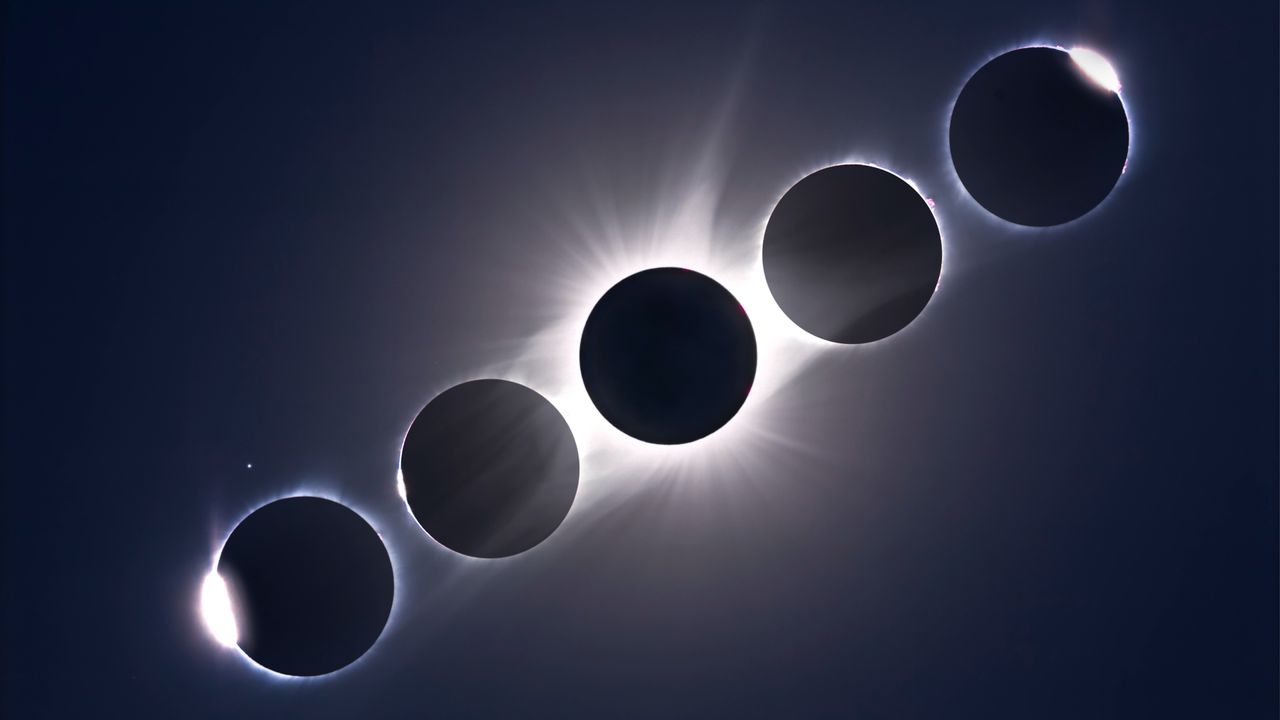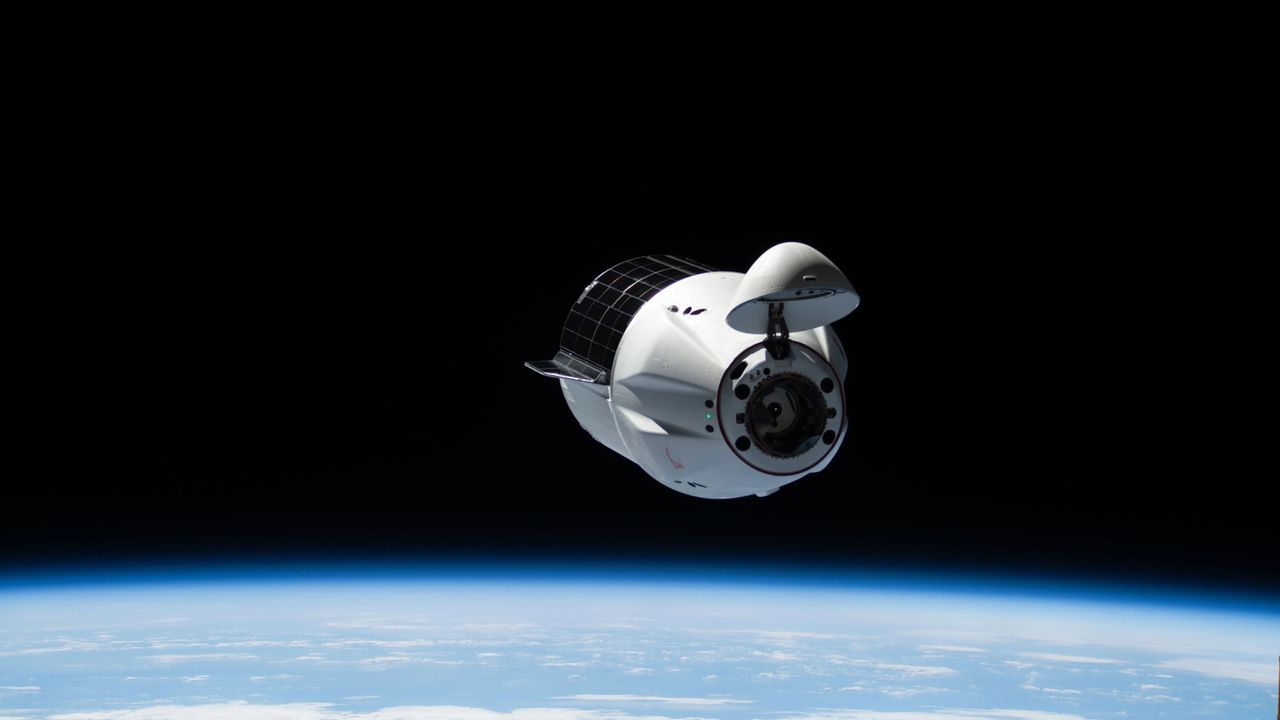Now Reading: How to Avoid Common Errors in Solar Eclipse Maps and Find the Path of Totality
1
-
01
How to Avoid Common Errors in Solar Eclipse Maps and Find the Path of Totality
How to Avoid Common Errors in Solar Eclipse Maps and Find the Path of Totality

Fast Summary
- Solar eclipse maps frequently enough show precise paths of totality but might potentially be inaccurate, especially at the edges, due to discrepancies in calculations regarding the sun’s radius and lunar topography.
- The standard solar radius of 696,000 kilometers (or 959.63 arcseconds), established over a century ago, leads to errors in determining eclipse paths-sometimes by hundreds of meters or more.
- Researchers like Luca Quaglia suggest a more accurate solar radius closer to 959.95 arcseconds and have developed updated methods using GPS-time-stamped data during eclipses to refine predictions.
- Variations in Earth’s terrain, the jagged shape of the moon’s surface, and changes in Earth’s rotation further complicate calculations for totality zones on eclipse maps.
- New tools incorporating these factors include jagged “zones of uncertainty” where glimpsing phenomena like the corona may remain unpredictable unless observers move closer toward centerlines.
Images:
- !Image 1: Representation of moon phases during an eclipse
- !Image 2: Close-up image showing sun’s radiant appearance
- !Image 3: Map showing northern Madrid suburbs with uncertainty zones for August 12th solar eclipse path
- !Image 4: Visualization combining Iceland terrain data into August event projections
- ![Image 5: Satellite Diagram overlay single curved].
Link for further details included here raw version Direct Seen
Stay Informed With the Latest & Most Important News
Previous Post
Next Post
Loading Next Post...

























